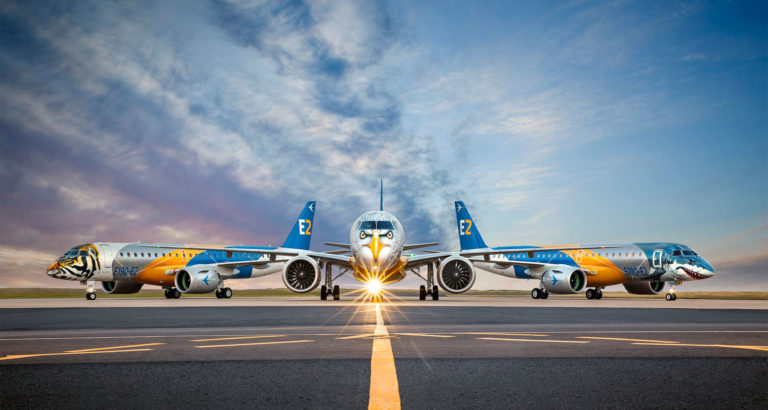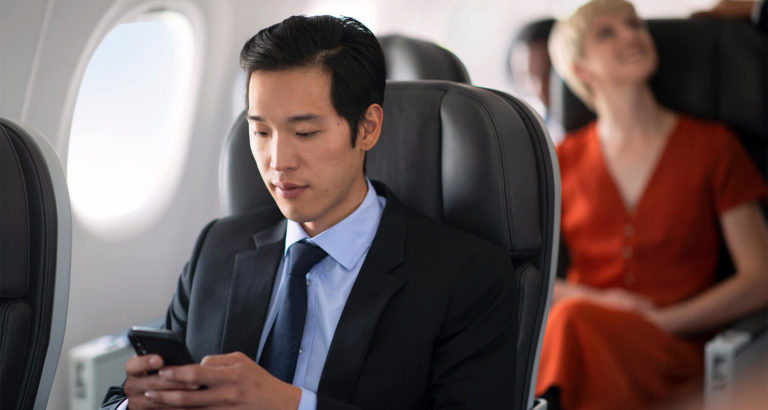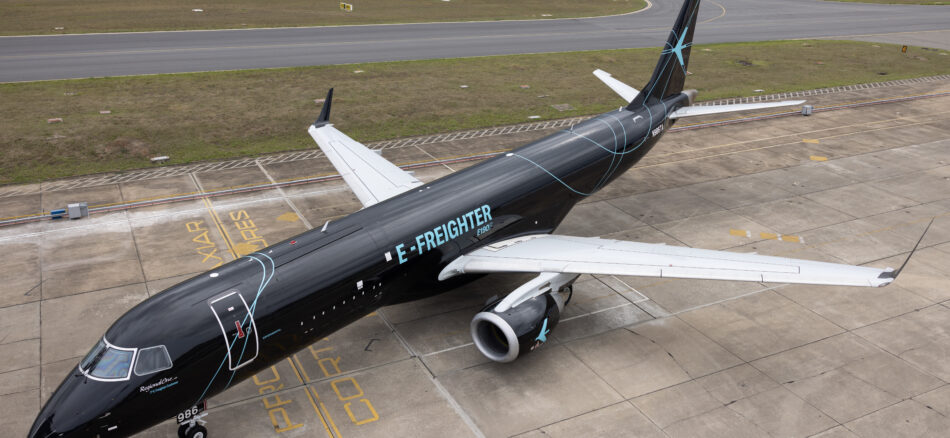
Global Trends

Multinational companies are being challenged to change their manufacturing and development strategies and supply chains to better deliver value to customers while maintaining or reducing costs. Many businesses are working to insulate themselves from further shocks by re-shoring or near-shoring, bringing production closer to home, minimizing supply chain disruption. New flows of commerce between regions, such as China to the USA and Africa to Europe is also impacting the way people are traveling.

It’s clear that financing will shape future strategies for the world’s airlines. The pandemic strongly affected commercial aviation, yet it is not solely responsible for the industry’s precarious financial situation. For example, the EBIT margin of world airlines was already consistently declining since the middle of the last decade, so corrective action would have been necessary anyway. With debt at record levels, pursuing aggressive growth at the expense of margin is not sustainable given the long road ahead to recovery. Crossover jets can help improve those margins.

The move to green is gaining momentum and the aviation industry has already set targets and is taking action to reduce emissions and decarbonize by 2050. Airlines are replacing older fleets with new, more fuel-efficient aircraft and are looking for additional options to reduce emissions. Sustainable Aviation Fuels (SAFs), are the clear way to go in the shorter term, but we can also expect to see the introduction of disruptive propulsion technologies in the future, such hybrid-electric, full electric and hydrogen. Also, we starting to see a push back against mass tourism in some parts of the world. As travellers become more conscious of their environmental footprint, this may well give rise to a trend of visiting more exclusive destinations where the impact is less.

Advances in technology have changed the way we work and interact with others. In many parts of the world, the pandemic continues to be disruptive and is accelerating the adoption of new behaviors and habits such as videoconferencing and working from home. These new trends are directly impacting the demand for and patterns of air travel. The need for face-to-face meetings will never disappear, although the frequency of business trips for training and internal meetings will decline as a result of videoconferencing. Technology is also changing where we live, with people moving from big urban centers to medium and small communities as a result of work-from-home possibilities, which is changing passenger flows.



